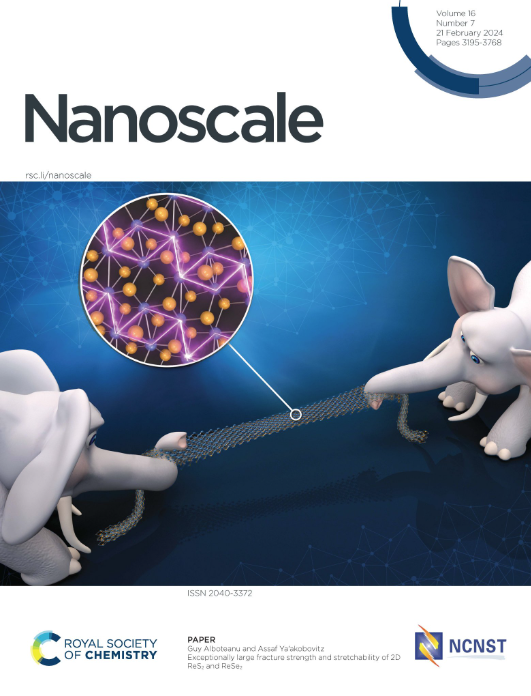Design of engineered nanoparticles for biomedical applications by computational modeling
IF 5.8
3区 材料科学
Q1 CHEMISTRY, MULTIDISCIPLINARY
引用次数: 0
Abstract
Engineered nanoparticles exhibit superior physicochemical, antibacterial, optical, and sensing properties compared to their bulk counterparts, rendering them attractive for biomedical applications. However, given that nanoparticle properties are sensitive to their nanostructural characteristics and their chemical stability is largely affected by physiological conditions, nanoparticle behavior can be unpredictable in vivo, requiring careful surface modification to ensure biocompatibility, prevent rapid aggregation, and maintain functionality under biological environments. Therefore, understanding the mechanisms of nanoparticle formation and macroscopic behavior in physiological media is essential for the development of structure-property relationships and, their rational design for biomedical applications. Computational simulations provide insight into nanoscale phenomena and nanoparticle dynamics, expediting material discovery and innovation. This review provides an overview of the process design and characterization of metallic and metal oxide nanoparticles with an emphasis on atomistic and mesoscale simulations for their application in bionanomedicine.求助全文
约1分钟内获得全文
求助全文
来源期刊

Nanoscale
CHEMISTRY, MULTIDISCIPLINARY-NANOSCIENCE & NANOTECHNOLOGY
CiteScore
12.10
自引率
3.00%
发文量
1628
审稿时长
1.6 months
期刊介绍:
Nanoscale is a high-impact international journal, publishing high-quality research across nanoscience and nanotechnology. Nanoscale publishes a full mix of research articles on experimental and theoretical work, including reviews, communications, and full papers.Highly interdisciplinary, this journal appeals to scientists, researchers and professionals interested in nanoscience and nanotechnology, quantum materials and quantum technology, including the areas of physics, chemistry, biology, medicine, materials, energy/environment, information technology, detection science, healthcare and drug discovery, and electronics.
 求助内容:
求助内容: 应助结果提醒方式:
应助结果提醒方式:


